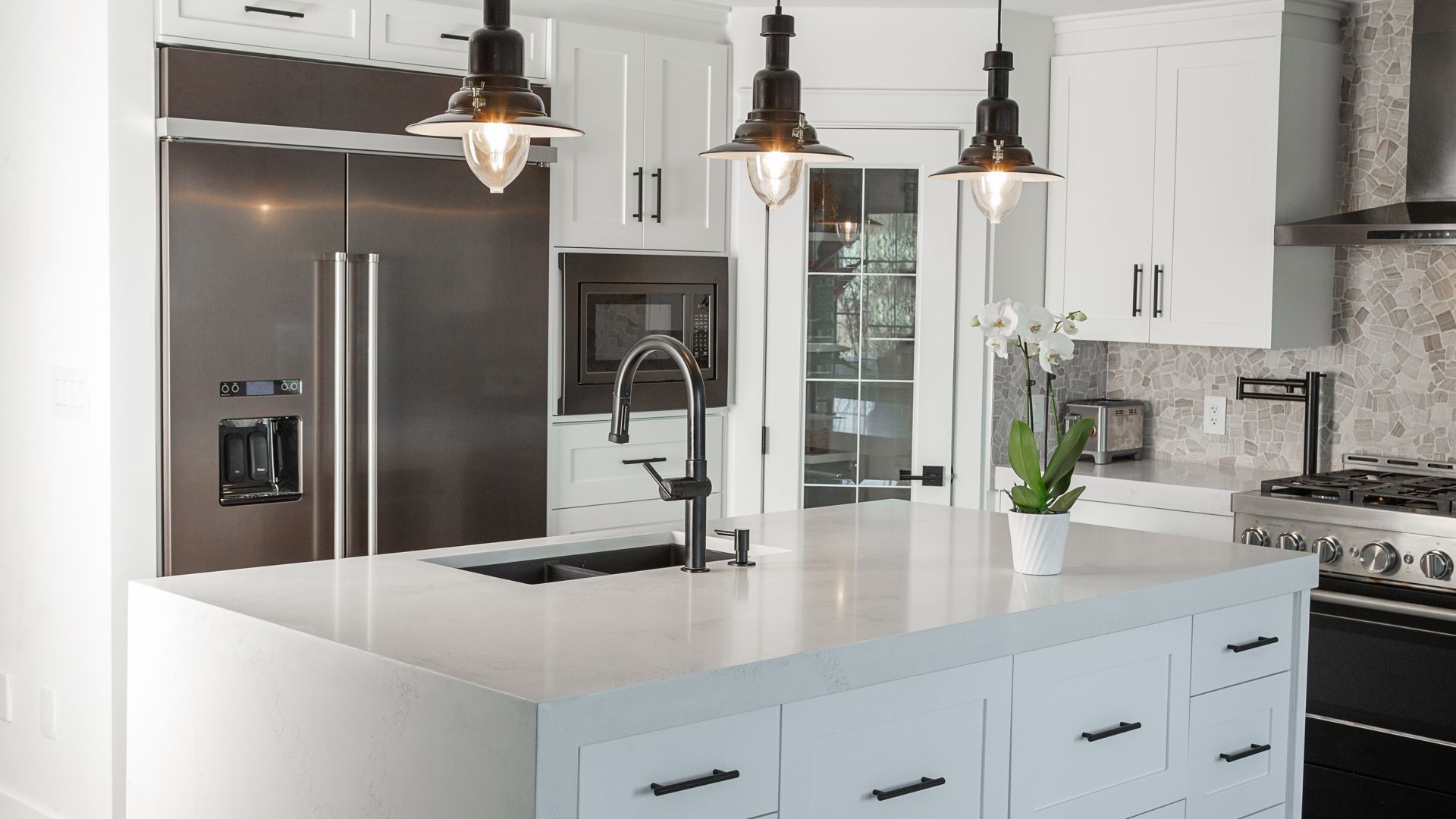If you’re looking to save money on your energy bills every month, get rid of one of your home’s largest appliances that also has one of the shortest lifespans, and even improve the safety of your plumbing system, then a tankless water heater might be exactly what you seek. Tankless water heaters are one of the most popular plumbing upgrades for modern homes, and the overwhelming majority of homeowners could see a significant improvement in both their monthly overhead costs and their quality of life from installing one.
However, a tankless water heater upgrade is a pretty major service, and it’s important to know what to expect when doing so. Installation isn’t as simple and straightforward as a direct swap, and may require a few more things that you need to be aware of. To help you better prepare for your tankless water heater upgrade, this blog will briefly discuss five things you should probably be aware of when it comes to tankless water heater upgrades. If you’re considering an upgrade, we encourage you to speak with your installer for more information about how any of these factors might affect your home.
You May Need a Bigger Water Line
The first thing your installer will probably want to look at will be the size of the water line that currently supplies your water heater. For tank-style heaters, smaller lines aren’t that much of a concern. Because that water line only needs to fill the tank, it can do it at a somewhat slower pace and you probably won’t be able to really tell the difference. Therefore, a smaller line will simply mean that it might take just a little bit longer for the tank to refill and reheat. With a tankless water heater, however, a constant supply of a certain amount of water is crucial. Because these systems are designed to heat and output water at a consistent capacity during operation, the water line that supplies it needs to at least match this output capacity in order for the heater to work properly.
While most modern water heaters are connected to a line of sufficient size, older homes or those with smaller water heaters may not have a water line capable of meeting your needs. That means you may have to install a larger water line to your water heater location in order to install a tankless water heater. This will add to the time it takes to complete your project and could mean a little bit more downtime where you don’t have access to your water. However, this upgrade is vital for optimizing your new water heating system.
You May Need a Bigger Gas Line
Similarly, if you have a gas-powered water heater, you probably will want to install a gas-powered tankless water heating system. A tank-style water heater can typically rely on a fairly small gas line, as the supply only needs to fuel one primary heating burner. While high-efficiency tanks may require a little bit of extra gas due to a larger and hotter burner, tankless water heaters go quite a bit further. These systems often have several different burners, and each burner is designed for a high quantity of heat output in order to rapidly bring water up to temperature. For this reason, it really isn’t all that uncommon for many customers to have to upgrade their gas line and increase fuel capacity for their tankless water heating system. While this isn’t mandatory for every installation (and many smaller installations can still get away with a smaller line), those who are looking to install a whole-home, high-capacity tankless system should prepare to increase the size of their gas line at the same time.
You Should Insulate Exposed Water Lines
One of the biggest reasons for customer dissatisfaction with tankless water heating systems is that they complain that water temperatures become more and more inconsistent during colder months of the year. When the weather outside is colder, any heat loss through exposed and uninsulated water lines becomes far more prominent. Because of their much smaller size, tankless water heaters often have a much longer stretch of exposed hot water plumbing leading away from the tank itself.
However, solving this problem is fairly simple: insulate the line. Plumbing insulation is affordable, easy to install, and does a remarkable job improving energy efficiency and reducing large temperature swings during cold weather. If you have any concerns with holding a steady temperature, your plumber should be able to work with you and give you sound advice on how to properly set up your system to minimize or even eliminate this problem.
Your Hot Water Capacity May Drop
Tank-style water heaters have always been able to provide a high capacity of hot water. For example, if you needed to run your washing machine, both showers, and do dishes in the kitchen at the same time, you might drain the tank quickly but all of these fixtures would be able to operate at the same time. Because tankless water heaters don’t have a holding tank, exceeding their output capacity means certain areas of your home won’t have hot water. This is why it is so important to select a tankless water heater that is the right size to meet your needs.
When installing a tankless water heater, talk to your installer about your lifestyle and what a typical high-use period might look like. This way they can help you select a system with the right capacity for your needs and make sure this limitation doesn’t become an issue for you.
Learn more about upgrading your home to tankless water heating technology! Call the experts at Smith's Plumbing Services at (901) 290-1110 now to schedule your initial estimate.